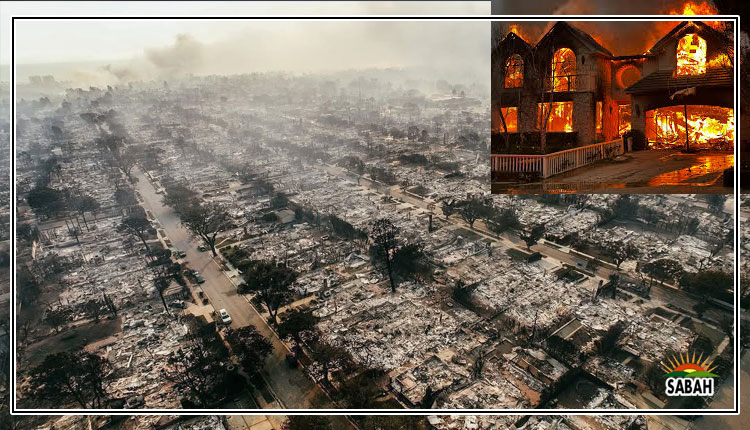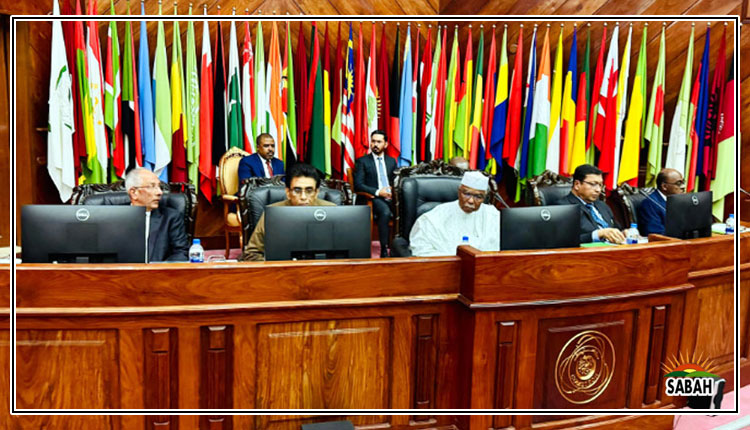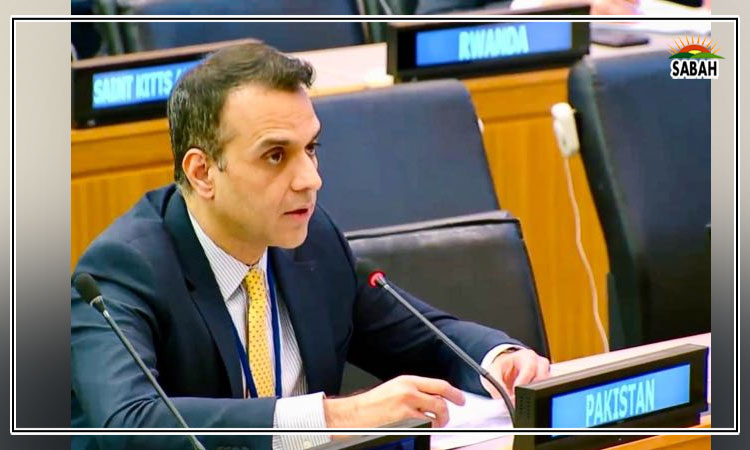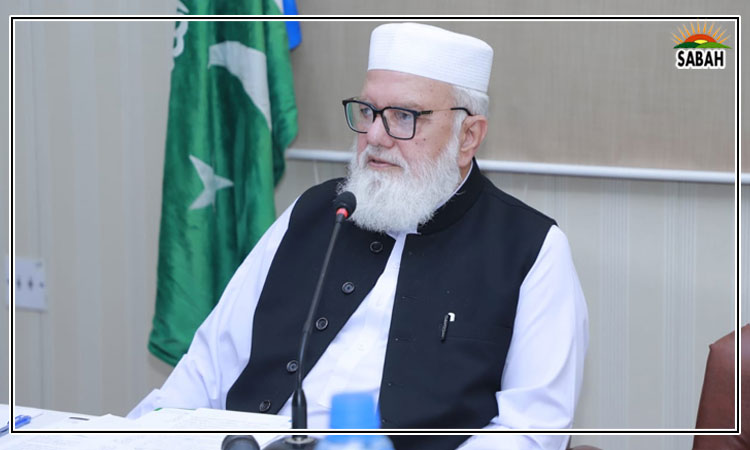The road ahead ….. Khurram Husain
TALKS opened with the IMF this week. Things are likely to go relatively smoothly, at least in comparison to the previous couple of years, but that admittedly sets a low bar. An agreement is likely to be announced after the budget. Before reaching the agreement, the Fund will observe the situation closely to ensure it is in line with programme projections. This means the earliest timeline for an agreement would be July. But a few sticking points remain.
For one, a report in this newspaper quotes finance ministry sources as saying that Rs1.6 trillion worth of new FBR revenues will have to be located in the next budget, equal to 1.5 per cent of GDP. Going by the figures given in the second review of the just concluded Stand-by Arrangement (SBA), tax revenues for FY25 are projected to be about Rs2 trillion above what is expected to come in by end FY24. This is not some sort of insurmountable figure. In the current fiscal year, for example, they are on track to bring in a Rs2.9tr hike in tax collection, despite crashing growth.
So it can be done, but a credible revenue plan will need to be shared because the populace is more or less at breaking point with the heavy tax burden. Salaried classes cannot bear any further burden, given how much inflation has already eaten into their purchasing power. The rich can bear more, but the real burden of this added revenue requirement has to come from broadening the tax base, because endlessly squeezing those within the net is no way of doing things.
Then there is the matter of external financing requirements. According to the second review document, the external sector may be over-financed by slightly more than $10 billion during the next three years. But that does not mean much. Even in the days leading up to the period of near default in the summer of 2022, projections showed the external sector as over-financed, while the State Bank tried in vain to persuade its creditors that the situation was manageable. The projections are built on some assumptions that may or may not materialise.
One example is that the current account deficit is projected at very constrained levels. Coming in at $3bn for the current fiscal year, it is projected to rise steadily and reach $7.7bn by FY29. This is not a rapid rise, and the projection is likely to change by the time the Extended Fund Facility (EFF) is concluded — if it is concluded. However, it portends a period of prolonged slow growth, unless new bilateral inflows suddenly arrive. The developments on the Saudi Arabian front are worth watching carefully in this regard. An uptick in the pace of contacts suggests something is up. The absence of any concrete results so far suggests difficulties in clinching matters. The outcome is still unknown.
The Fund sounds a very optimistic note on the political prospects of a new programme. Their words on the politics of the country are worth quoting in full. “In March 2024, a newly elected government came into power after almost seven months of a caretaker government, which continued the steadfast implementation of the SBA just as was agreed between the outgoing elected government and the Fund. The current coalition government consists of almost the same political parties which despite heavy political cost implemented all the actions committed under the EFF programme and approved all the prior actions under the SBA. The return of the outgoing government to power after the elections means continued commitment to the reform agenda agreed at the time of the SBA. This not only means a higher likelihood for the continuity of reforms but also political stability for the next five years. Although the elections were followed by litigation against the election results in some constituencies at the Election Commission of Pakistan and superior courts, the initial decisions in the favour of the sitting government have reinforced legitimacy and stability to the constitutional and political system of the country. The sociopolitical tensions have attenuated following the elections and confidence has returned following the Staff Level Agreement (SLA) for the completion of the second review.”
Coming out of the sort of political storms that Pakistan has just weathered, these words point towards revived confidence. What they miss, however, is the continued unsettled nature of the situation and the still fluid dynamics between the various players that make up the top of the power elite in this country. Since these words were written, for example, the government lost its two-thirds majority in parliament, thanks to a Supreme Court decision, which impacted the allocation of reserved seats in parliament. Continuing attempts by the opposition to open parleys with the military could yet achieve a breakthrough, or the courts could order the release of PTI leader Imran Khan on bail, both of which would upset the apple cart described in the SLA.
In addition, uncertainty stems from the prolonged exposure to extremely high levels of inflation that the populace is still reeling from, and the jumpiness of the government regarding any hint of protest on the streets. When farmers came on the streets to protest the weak wheat procurement drive, the government buckled. When protesters in Azad Jammu and Kashmir came out on the streets to protest revisions in their power bills and wheat provision subsidies, the government buckled. These are not necessarily bad things. No democratic government should fight with its own populace if such fighting is not necessary. And it was not necessary in either of these instances.
But going forward, they will have to privatise state owned entities, tax retailers, and make further adjustments in the exchange rate that could well shore up inflation, which otherwise should be on a declining trajectory. The government’s resolve is going to be tested. It will need to speak with one voice. So uncertainty may yet linger for a while longer.
Courtesy DAWN












